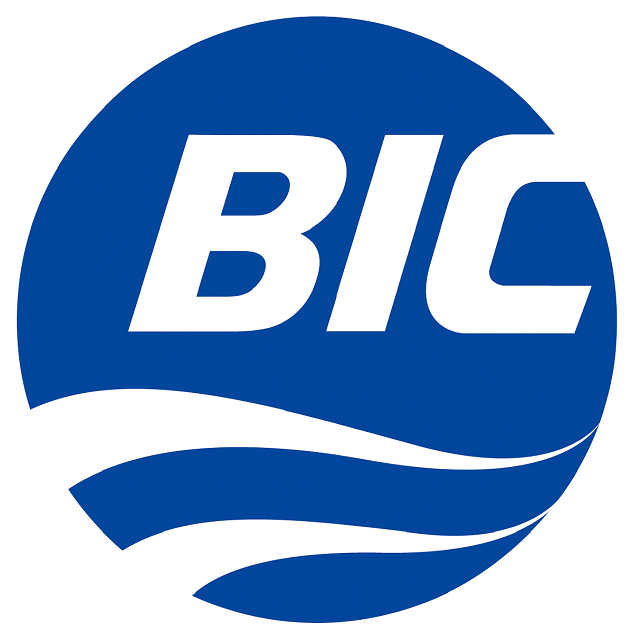

A spillway is a vital component of any pond, from small backyard water features to large agricultural reservoirs. It helps regulate water levels and protects the surrounding landscape from overflow damage. While building a spillway may initially seem challenging, with the right guidance and knowledge, the process can be quite manageable. In this post, we'll explore the importance of installing a spillway, the various types available, common issues to watch for, and how to select the best option for your pond.
A spillway is a crucial structure that allows excess water to safely exit a pond, preventing water levels from rising too high and causing flooding or erosion along the banks. Without a spillway, heavy rainfall or runoff from nearby areas can lead to uncontrolled water buildup, risking serious damage to both the pond and the surrounding landscape.
Designed to manage increased water flow during storms, spillways help preserve the pond’s structural integrity and protect nearby properties and ecosystems from flood-related harm. In agricultural ponds, a well-designed spillway helps prevent the loss of valuable topsoil and minimizes the risk of crop damage. For recreational or decorative ponds, spillways play an important role in maintaining stable water levels, ensuring the pond remains both healthy and visually appealing.
Several types of spillways can be used, each suited to different pond sizes, designs, and environmental conditions. The most common types include:
Earthen Spillways: Simple channels dug into the soil along the pond’s edge, usually lined with grass or other vegetation to minimize erosion. Earthen spillways are affordable and easy to build but require consistent maintenance to prevent blockages and erosion.
Piped Spillways: These systems use a pipe installed at the desired overflow level to carry excess water away from the pond to a safe discharge area. Piped spillways are less prone to erosion and can handle higher water volumes than earthen designs, but they are more costly to install and require careful sizing and material selection.
Concrete Spillways: Built with concrete or similar durable materials, these spillways offer exceptional strength and can manage heavy water flows without risk of erosion. They are the most robust option but also the most expensive, often requiring professional design and installation.
Box Spillways: Small, box-shaped structures made from wood, metal, or plastic, used to control water outflow. Box spillways are adjustable and ideal for small ponds or situations where precise water level management is needed, though they are less commonly used.
Although spillways are essential for controlling water levels, they can develop problems if not properly designed, built, and maintained. Recognizing these common issues is key to keeping your spillway functional and protecting your pond.
Erosion: Erosion is a frequent issue, particularly with earthen spillways. Water flow can gradually wash away soil and vegetation, widening the channel and risking failure. Good design and regular upkeep—such as replanting vegetation or using erosion-resistant materials—are necessary to minimize this risk.
Blockages: Debris like leaves, branches, and sediment can clog the spillway, restricting water flow. Blockages can cause water to back up and overflow at unintended points, leading to damage. Routine cleaning and inspection help prevent this problem.
Structural Damage: Piped and concrete spillways can suffer from cracks, leaks, or other damage over time, often due to environmental stress, aging, or poor installation. Prompt repairs are important to avoid more serious failures.
Undersized Spillways: A spillway that’s too small for the pond’s maximum expected water flow can be overwhelmed during heavy rainfall, causing overflow and potential damage. Proper sizing based on the pond’s design and local weather conditions is critical to ensure safe performance.
A piped spillway is often the best choice for ponds where space is limited or where there is a need to transport water away from the pond efficiently. They are particularly suitable for ponds in areas with a high risk of erosion or where the soil is not suitable for constructing a stable earthen spillway.
Piped spillways are an excellent choice for larger ponds or those that experience significant runoff. Their ability to move large volumes of water through a relatively small area makes them highly efficient. They are especially useful when you need to direct overflow to a specific location, such as an irrigation ditch or a nearby water body.
Since piped spillways are mostly hidden and less exposed to surface debris, they are a great option for ponds where aesthetics are important. They also require less frequent maintenance compared to earthen spillways, as they are less susceptible to blockages and erosion.
An earthen spillway is often the ideal solution for smaller ponds or locations where the surrounding landscape naturally supports this type of structure. They are particularly well-suited for rural or agricultural settings, where materials like soil and grass are readily available and keeping installation costs low is a priority.
Earthen spillways blend seamlessly into the environment and can provide valuable habitat for wildlife, making them a great choice for ponds designed to enhance local ecosystems. They are also easier to modify or expand if needed, which is useful in areas with variable rainfall.
This type of spillway works best in regions with sandy or loamy soils that drain well and are less prone to erosion. However, reinforcing the spillway with vegetation or erosion-resistant materials is essential to maintain its stability and performance over time.